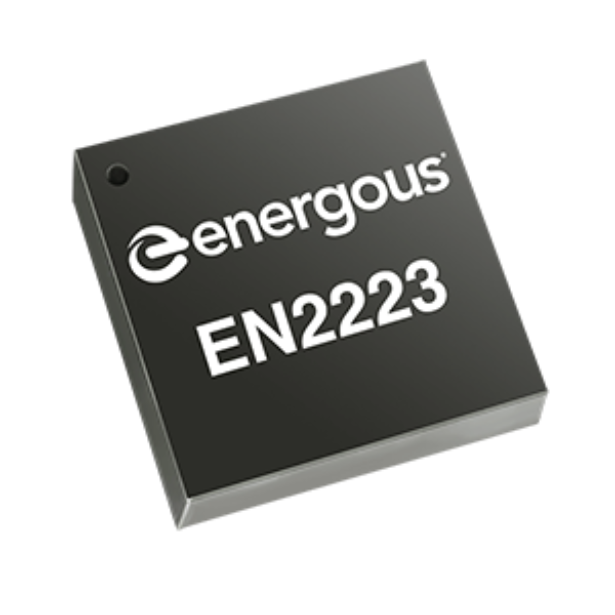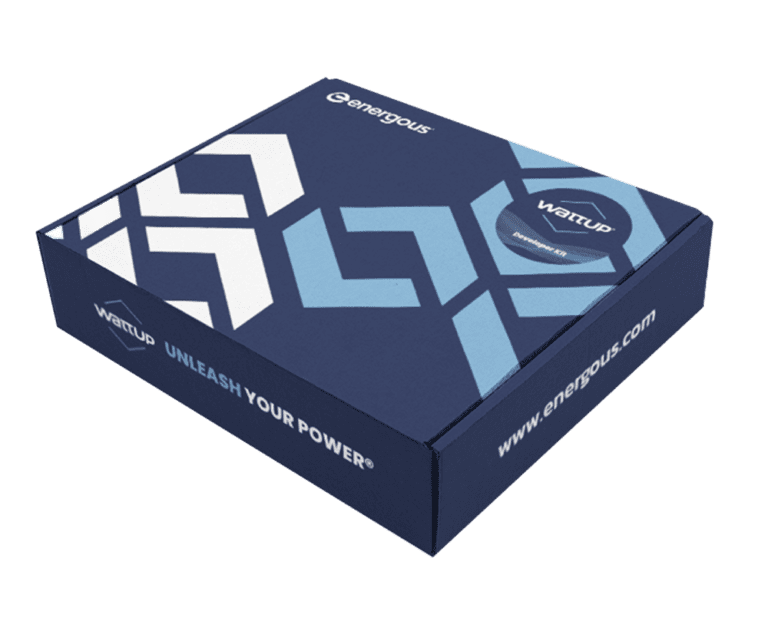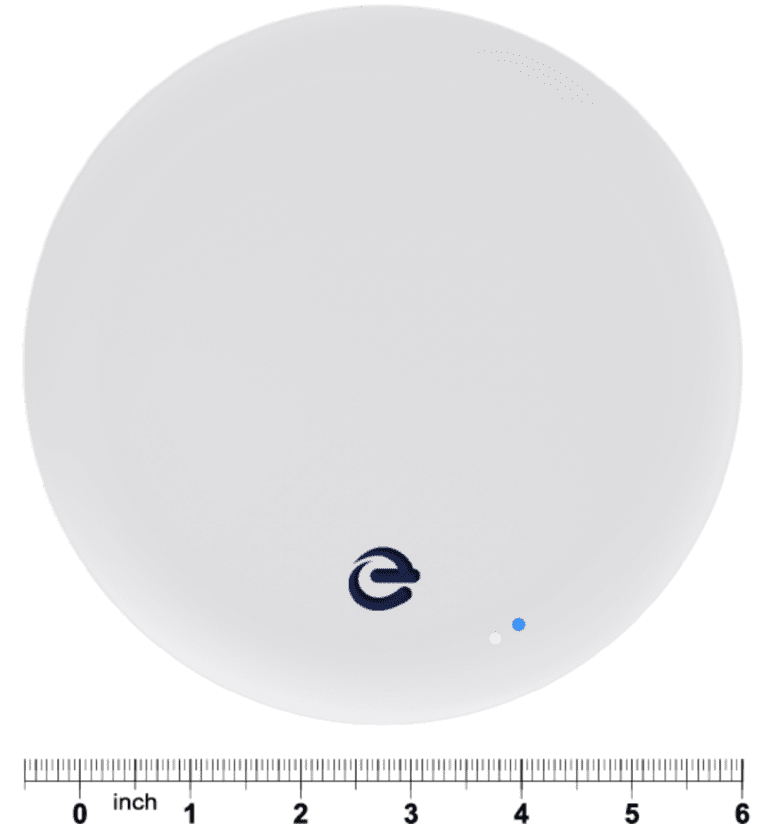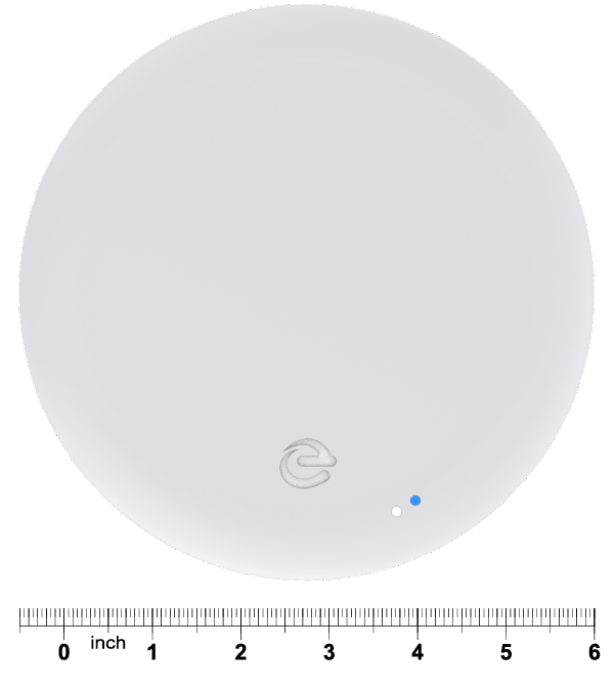Unleash Your Power
Wireless Power Transfer, Redefined
Energous offers a robust ecosystem of flexible transmitters with three options for near, mid-, and far-field wireless power transmission. Near-field transmitters power devices on a surface, such as an iPhone charging pad. Mid- and far-field transmitters use radio frequency (RF)-based technology to power devices wirelessly over the air. This ensures wearables, implants, and other critical devices are always on and reliably performing data collection and analysis. What differentiates us from our competitors? The Energous product portfolio supports wireless power transfer based on application requirements.
Energous receiver technology is small, versatile, and easy to use. From minuscule in-ear hearing aids to industrial IoT sensors to large reconnaissance drones, Energous offers proven solutions to enable IoT for companies in every industry. Receivers are backed by sophisticated technology that requires low maintenance, delivering increased uptime in today’s hyper-competitive business environment unfriendly to slowdowns or interruptions.
Energous transmitters and receivers are supported by proprietary, patented software that offers best-in-class, sustainable solutions that are safety-certified in the world’s largest markets. Energous devices and networks provide wireless power over any distance, delivering greater cost savings, flexibility, and convenience for our customers.

Our Products

Receiver IC & Module
Energous offers high-performance wireless power receivers with a footprint tiny enough for the smallest electronic devices, but powerful enough for enterprise-grade equipment.
Evaluation Kit
Energous evaluation kits combine award-winning wireless power solutions with powerful, battery-free sensors that enable and expand the IoT ecosystem.


Transmitter Systems
Energous’ Transmitter Systems are pioneering solutions in wireless power delivery, utilizing low-energy Bluetooth for communication and radio frequency technology to charge devices wirelessly. These innovative Powerbridges offer a compact and powerful charging infrastructure, perfect for the growing demands of the IoT ecosystem.











